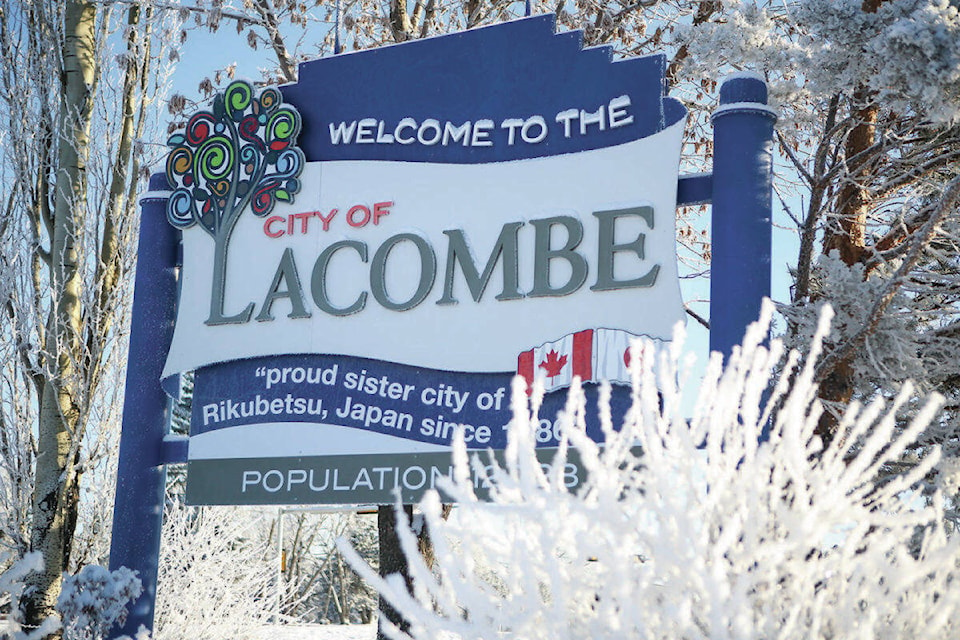While the median after-tax income family income rose for Canadians and Albertans, it fell slightly for Lacombe families.
In 2015, the median after-tax income for Lacombe families was $92,544. In 2020, it had fallen to $92,000. By comparison, median after-tax income for Albertan families increased to $99,000 from $87,588 and for Canadian families to $91,000 from $76,372 over the same period, according to a report compiled for council by city senior development officer Beth McLachlan.
Mayor Grant Creasey said he found the difference “bizarre.” While the oil price crash no doubt hurt, that does not explain why median incomes went up in the province generally, according to the Statistics Canada data. He asked McLachlan if she knew what was going on.
McLachlan said she and chief administrative officer Matthew Goudy had also sought to understand why Lacombe was an outlier.
“We really couldn’t come to any concrete conclusion on why Lacombe stayed fairly static compared to the income percentages we saw for Alberta and Canada,” said McLachlan.
Goudy agreed conclusive reasons could not be found, but they have some theories.
A lack of affordable housing in 2015 may have made the community less attractive to lower-income newcomers. There is more affordable housing available now so the number of lower-income residents has increased.
During the same period, there was a 25 per cent increase in the number of seniors in Lacombe, whose income is often lower than that of working families.
The average age has also increased in Lacombe. “A couple of years does potentially make quite a bit of difference.”
Since the average age of retirement for Canadians is 62, the percentage of local residents not fully participating in the economy may have gone up.
A close look at the statistics, also showed that in 2015 there were more people employed and self-employed in the community and unemployment was lower than five years later.
Goudy said what they found in the statistics does not seem to explain the drop in median income fully, but likely had some bearing.
Despite the income results, the low-income population in Lacombe at 8.8 per cent — up from seven per cent in 2015 — is below provincial and national averages.
Coun. Scott Dallas said he was pleased to see the report mention that the low-income population should be kept in mind to ensure they have the same access to services as others.
“I think every chance we can remind people of our low-income population is important and to make sure we are providing those services.”
Coun. Don Gullekson said the stable median incomes in Lacombe may indicate the community is less affected by the boom-bust cycles of other communities.
He agreed with Dallas that is important to be aware of the challenges faced by lower-income earners, he said.
“I think it’s a real important part of our community and I think we need to get more affordable housing and hopefully we can work with our provincial counterparts to get some funding to assist us with that.”
